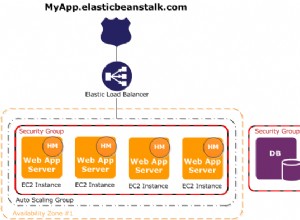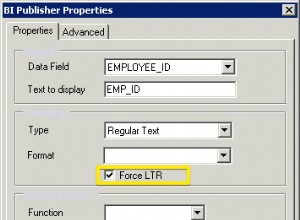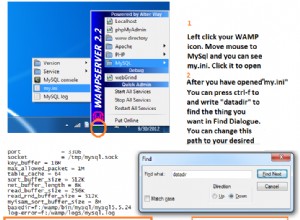Isso pode ser explicado com o seguinte
mysql> select * from table1 ;
+------+------+
| id | val |
+------+------+
| 1 | 10 |
| 2 | 30 |
| 3 | 40 |
+------+------+
3 rows in set (0.00 sec)
mysql> select * from table2 ;
+------+------+
| id | t1id |
+------+------+
| 1 | 1 |
| 2 | 2 |
+------+------+
2 rows in set (0.00 sec)
Aqui
table1.id <-> table2.t1id Agora, quando fazemos uma
left join com a chave de junção e se a tabela da esquerda for table1, ela obterá todos os dados da tabela1 e no registro não correspondente na tabela2 será definido como nulo mysql> select t1.* , t2.t1id from table1 t1
left join table2 t2 on t2.t1id = t1.id ;
+------+------+------+
| id | val | t1id |
+------+------+------+
| 1 | 10 | 1 |
| 2 | 30 | 2 |
| 3 | 40 | NULL |
+------+------+------+
3 rows in set (0.00 sec)
Veja que table1.id =3 não tem um valor em table2, então é definido como nullQuando você aplica a condição where, ele fará uma filtragem adicional
mysql> select t1.* , t2.t1id from table1 t1
left join table2 t2 on t2.t1id = t1.id where t2.t1id is null;
+------+------+------+
| id | val | t1id |
+------+------+------+
| 3 | 40 | NULL |
+------+------+------+
1 row in set (0.00 sec)




